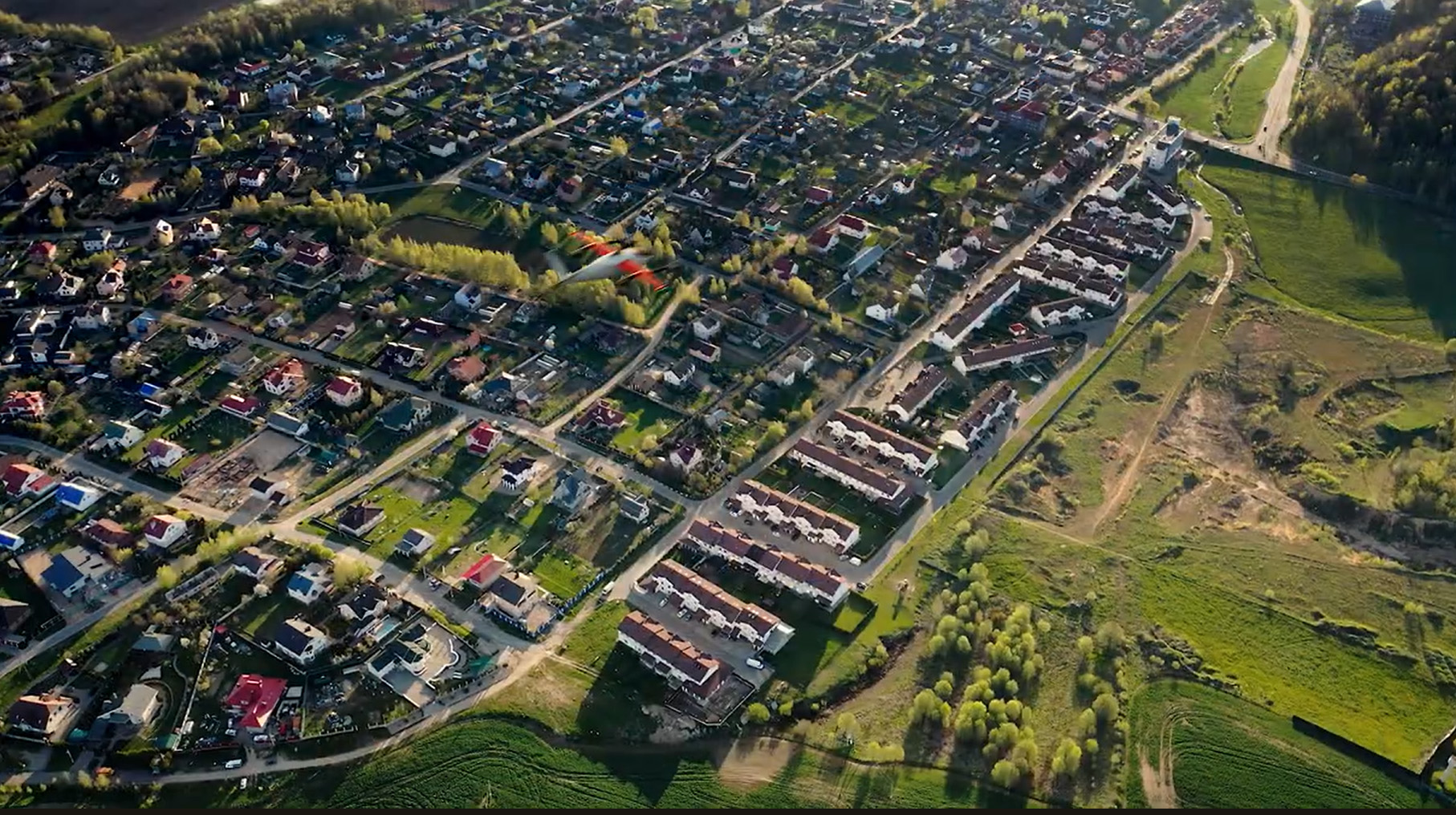Dallas first in line for drone delivery
Regular commercial BVLOS ops in August
Pilots flying within the Dallas Mode C/ADS-B veil probably will not see the package delivery drones that will commence regular flights in August.

Aircraft with humans aboard should not have to take action to avoid the drones, which will remain below 400 feet and protected from mingling with other air traffic by airspace and altitude limits, along with ADS-B surveillance.
Zipline International and Wing Aviation conducted beyond-visual-line-of-sight (BVLOS) test flights beginning in 2023, using an unmanned aircraft traffic management system (UTM) to coordinate and separate the drone flights. “All flights occur below 400 feet altitude and away from any crewed aircraft,” the FAA wrote on Medium.
While the FAA did not detail in that blog post exactly how it will assure all drone flights will be “away from any crewed aircraft,” the strategy is evident in Wing’s approach to detect-and-avoid detailed by Unmanned Airspace in March, which involves a combination of airspace restrictions and ADS-B surveillance to allow Wing’s operators to detect aircraft (crewed or otherwise) in the vicinity of the drone.
Zipline may add another layer on top of that: The company earned the first FAR Part 135 air carrier certificate issued to a drone operator in 2022, having conducted thousands of BVLOS operations overseas before it commenced testing in another FAA-sanctioned program in North Carolina.

In 2023, Zipline unveiled its Platform 2 system, adding active, onboard anticollision protection to its drones. Zipline’s P2 uses an acoustic detect-and-avoid system, with several small microphones mounted on the drone to detect nearby aircraft at a company-reported range of up to 1.25 miles. The company said its drones can “autonomously and continuously” monitor the airspace for traffic and adapt the drone’s flight path to avoid those other aircraft.
The combination of ADS-B surveillance coverage, congestion, and airspace restrictions that comprise much of the safety net in Dallas is not available in most areas where delivery drones will ply their trade. At another unmanned aircraft test site in Michigan, more active measures are taken to detect aircraft not broadcasting ADS-B, or, in the case of drones, Remote ID, to report their position, course, and speed to others using the same traffic management system in real time.
There, Unmanned Vehicle Technologies and uAvionix jointly announced in July an FAA waiver to operate uncrewed aircraft BVLOS at the test site in Michigan. The waiver requires (among other measures) that the Casia detect-and-avoid system “must be operational during all operations,” among other stipulations including a 240-foot altitude limit for the drones.
Casia is a camera-based system developed by Iris Automation (which was purchased by uAvionix in 2023), and was the first to achieve 360-degree active surveillance around an aircraft using an onboard system in 2020.
The Casia computer vision system analyzes the camera images at high speed, and can identify aircraft (and other objects), calculate closing trajectories, and initiate avoidance maneuvers if needed. While it gives each uncrewed aircraft built-in situational “awareness,” it also takes up space and payload that drone delivery operators would prefer to use for toothpaste, shoes, or meals. Thus it is Casia G, the ground-based variant mounted on towers or other structures, that conducts the active surveillance. A network of these can monitor air traffic over a very large area, and can be scaled up in much the same way ADS-B ground stations have been.
Casia G has been required by other FAA waivers issued to law enforcement agencies deploying drones-as-first-responder (DFR) programs that also rely on BVLOS operations.
“We are thrilled to have received this waiver from the FAA, which validates our commitment to safety and innovation in the UAS industry,” said Matthew Rybar, vice president of remote operations at UVT, in the July press release. “The Casia G system from uAvionix is a game-changer, allowing us to expand our operational capabilities and explore new applications for our technology.”
Much of the testing and validation of BVLOS technologies and strategies has been conducted under the FAA BEYOND program launched in October 2020 and approaching the end of its four-year scheduled duration.




